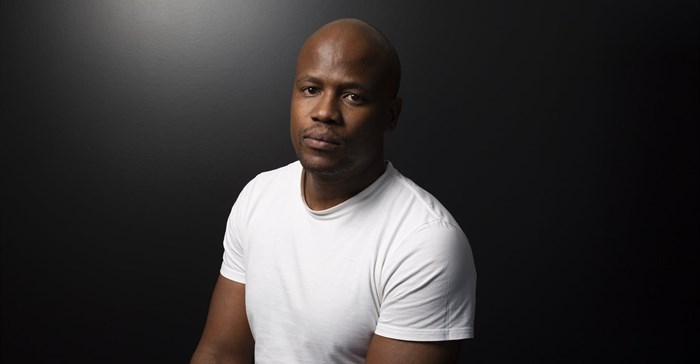
These constraints have given rise to a trend where creatives often develop concepts or campaign ideas without always knowing everything they need to develop the most impactful ideas that actually deliver on client objectives.
Creatives are empowered to create unique artwork that delivers the biggest impact when presented with granular information in a campaign brief that helps them better understand the medium with contextually relevant research insights highlight nuances around the channel, the target market, the context in which it appears and the environment in which it will appear.
In an era characterised by bulk media buying and rapid through-the-line campaign rollouts, creatives typically receive a brief, often relying solely on specs to create and implement ideas at scale.
While it is clear that the ads will appear on websites and in mobile apps, and often the concept is taken beyond digital into the more traditional media space, there is often little information shared about each individual placement.
Without this information, creatives cannot dig deeper to fully understand the cultural or linguistic nuances of the audience segment the ad is targeting nor understand contextual differences across digital platforms or mediums that could inform more impactful creative ideas.
While briefs will contain relevant information such as the location and dimensions, along with the broader target audience, they often lack the nuanced details about the surrounding environment, the local culture, and the idiosyncrasies of the local community.
While the design and messaging across an integrated campaign may differ somewhat to fit the medium, there is seldom the time or resources available for creatives to consider the nuances of every individual placement and craft bespoke concepts on a segment-of-one basis.
Without this degree of granular insights, creatives cannot effectively design with the end in mind and typically turn out generic concepts that could appear on any banner ad, billboard, or TV commercial.
It is only when brands and account managers involve creatives at the ground level and allow them to immerse themselves in the minutiae of every creative execution, campaigns ultimately get the best results.
In this regard, few techniques are as effective as medium immersion. In our contemporary workplace paradigm of remote work, digital communications and virtual brainstorming, the need for visceral in-person, on-the-ground experiences has never been greater.
While leveraging digital tools, such as pictures of the location of an activation or billboard or Google Earth, can offer additional insights beyond the brief, it can also create a false sense of confidence regarding the team's understanding about the billboard and its local context.
It is imperative that, whenever possible, creatives get a chance to experience everything about the medium or platform for which they conceptualise a creative idea, with as much granular detail provided about each placement as possible.
When budgets and timeframes allow, brands and agencies should empower creatives to immerse themselves in the execution.
This could include scheduling time to explore each website or app where banner ads will flight, or visiting the township, village, town or city centre where a billboard is located and experience the surrounding environment and the local culture.
Ultimately, these immersive experiences can help creatives gain a deeper understanding of the target market they are trying to engage with and exposes them to the lived experience of those they are communicating with, which can help them look past their preconceived cultural biases and filters.
The resultant insights will feed the creative ideas that resonate with the target market on an individual level and create the connections between brands and their target audiences that deliver the biggest impact for campaigns.
When schedules allow, we also encourage our creative teams to use the extra time for proactive unconstrained brainstorming.
With an understanding of the broader brief, this freedom to think outside the box allows creatives to conceptualise extraordinary ideas that transcend the basic brief, which we then workshop to decide if it works and if we should present it to the client.
When this strategy allows creatives to create according to a key insight that delivers greater impact among the target audience at the point of consumption.
In either instance – immersion and proactive brainstorming – creatives deliver the best executions when they understand the broader campaign and craft ideas for individual placements with a segment of one approach.